How can you increase your message response rate? How can you get your leads to contact you on LinkedIn? Indeed, as part of your efforts, you have made thousands of calls and messages and sent too many emails, yet your inbox is still as deserted as the Sahara.
According to Backlinko, only 23.9% of sales emails are opened, and only 8.5% of them get a response. So, is it worth it to keep trying to get a cold outreach on LinkedIn? Does it work?
The answer to both is yes, it’s worth it, and it works, but when you implement it correctly, we’re not talking about generic messages, boring LinkedIn cold outreach templates that you send en masse to all your potential customers, that they will click on move to trash without opening.
Today at Reply.io, we offer 12 effective tips for cold outreach on LinkedIn to help you genuinely connect with your customer prospects.
Let’s not wait any longer!
What is LinkedIn cold outreach?
First things first, let’s explain what cold outreach is. This term refers to massively contacting people or businesses with whom you don’t have a previous business relationship. They aren’t customers “yet”, they’ve never bought your products or services.
This contact can be done through phone calls, text messages, or, most commonly, emails.
What’s the purpose of cold outreach? The purpose is clear: to promote the products and services offered by your company or brand. When we talk about “cold outreach on LinkedIn,” we refer to scraping data from LinkedIn and contacting those people through this social network so that they hire or buy what we offer.
As you will notice in the cold outreach, the accent is on approaching an “unknown recipient.” Although one of LinkedIn’s significant advantages is that it allows you to disseminate messages en masse and reach thousands of inboxes, getting that message read is challenging. Let’s see why!
What makes cold outreach on LinkedIn challenging?
The truth is that, yes, cold outreach on LinkedIn is challenging, and several common problems affect the success of our campaigns, such as:
- Low response rate: As we mentioned above, out of every 100 messages you send, only 77 are opened, and of those, only eight recipients will respond to you.
- Messages that go unnoticed: This happens for three reasons: the hook is not attractive enough, you’ve sent it to the wrong person in a company (not the person in charge of those matters), or you’ve sent it on the wrong day. Believe it or not, the days influence it.
- No personalization: Many marketers use generic messages, often cold outreach LinkedIn templates, and while they help us create messages quickly, they’re so generic from the subject line to the message that they don’t pique the person’s interest and go to the trash can. They don’t consider the potential customer’s profile to create a more direct and engaging offer. We want them to be unable to say no!
- Inboxes loaded with messages similar to yours. One of the most common problems is that your offer doesn’t stand out from the competition. Remember, you’re doing your best, and your competitors are, too.
So, how do you achieve success?
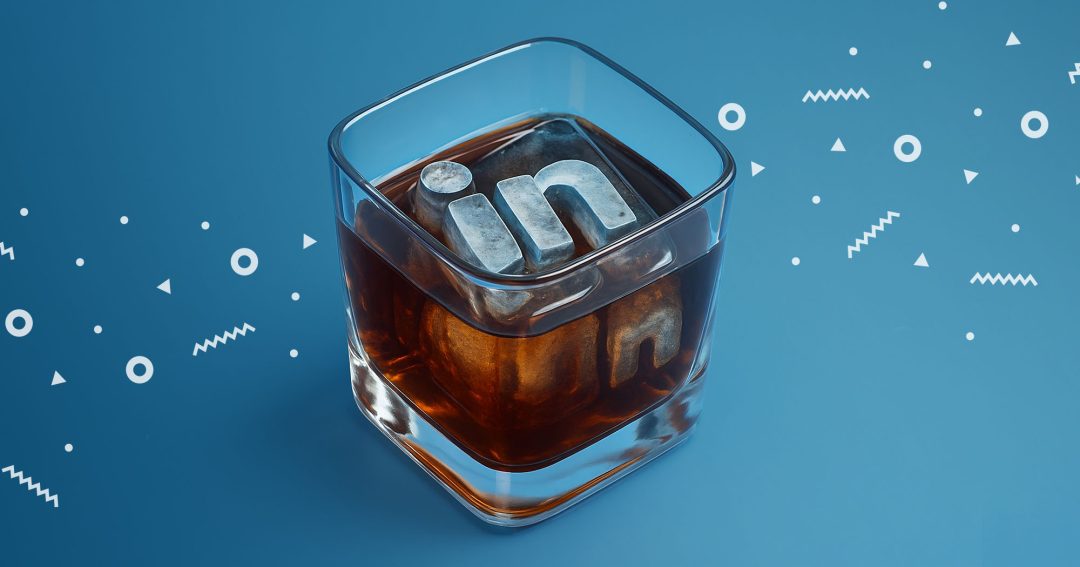

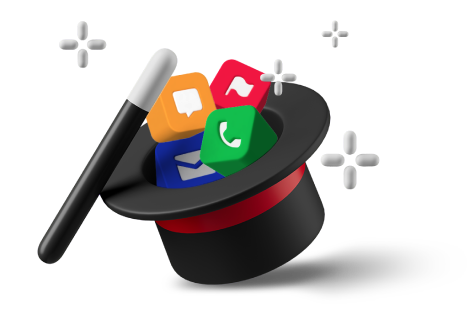
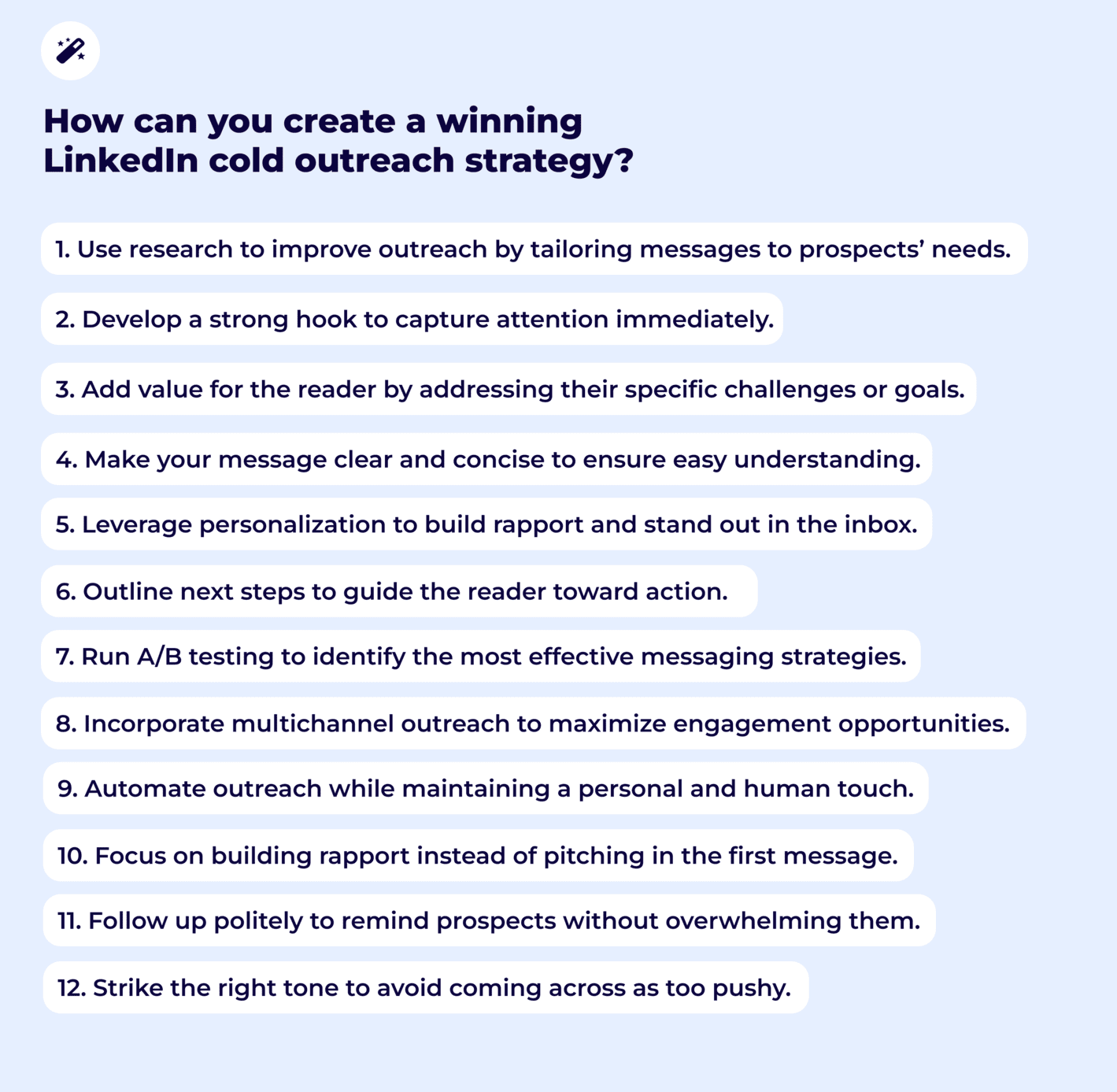
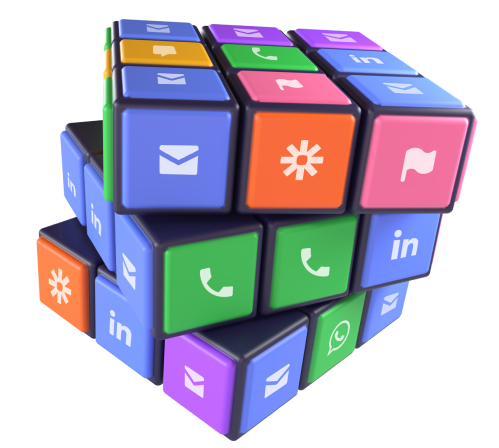
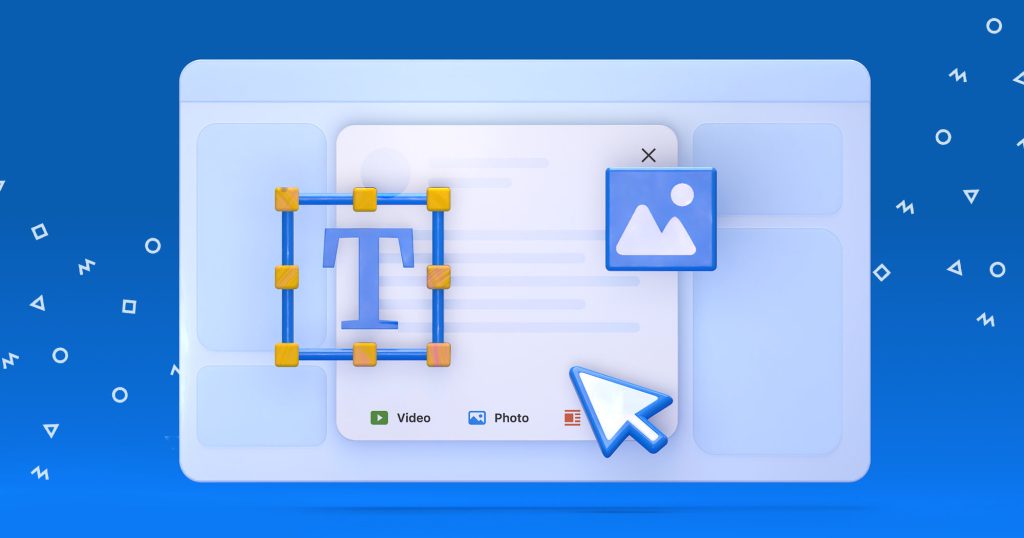

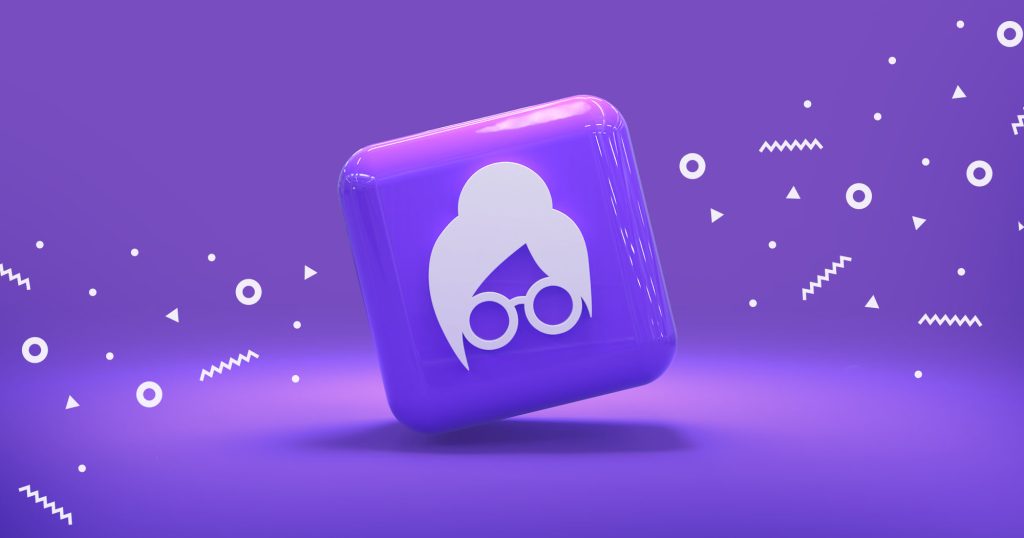
![New in 2025: Reply.io Teams Up with Persana AI [+Live Webinar] New in 2025: Reply.io Teams Up with Persana AI [+Live Webinar]](https://reply.io/wp-content/uploads/persana.io_-1024x538.jpg)